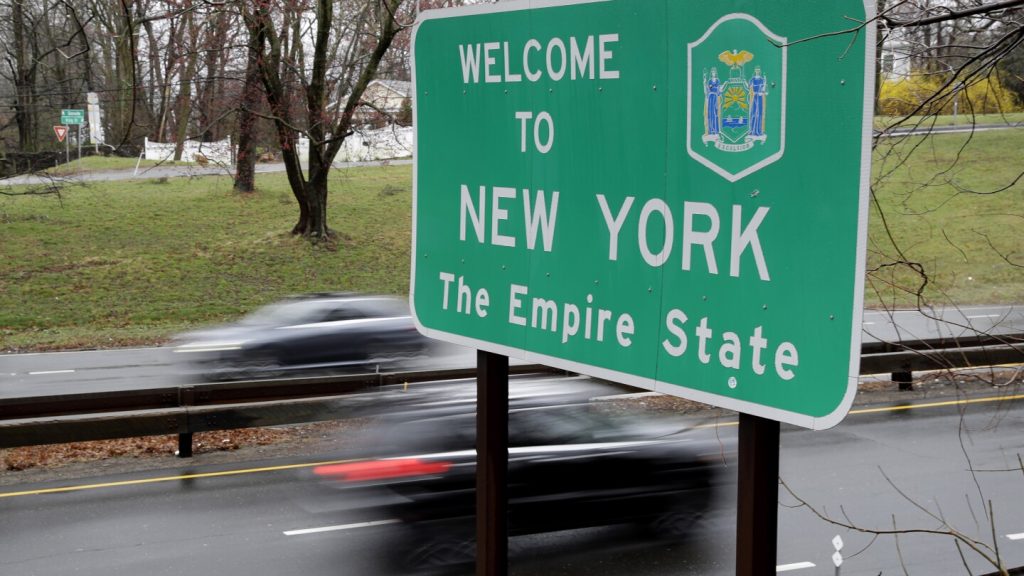The 2nd U.S. Circuit Court of Appeals in Manhattan has ruled in favor of New York’s law requiring internet service providers to offer discounted rates to low-income residents. The law, which was initially blocked in 2021 just days before it was set to take effect, would provide broadband service to some low-income New Yorkers for as low as $15 a month. Telecoms trade groups had sued over the law, arguing that it would be costly for them and would supersede federal regulations. The groups are now considering their next legal steps following the court’s decision.
New York state lawmakers approved the law as part of the budget in 2021, with supporters emphasizing the importance of internet access as a vital utility for low-income residents. The policy was designed to provide affordable broadband service to those who may otherwise struggle to access the internet. The court’s decision to uphold the law is seen as a victory for advocates who believe that internet access is essential for education, healthcare, job searches, and other aspects of daily life. The ruling is expected to have a significant impact on low-income communities in New York.
The telecoms trade groups expressed disappointment with the court’s decision, citing concerns about the financial implications of the law and its potential impact on broadband operations. They argued that rate regulation in competitive industries like internet service providers could deter investment in infrastructure and jeopardize the sustainability of broadband services in certain areas. The groups are evaluating their options for further legal action in response to the court’s ruling, setting the stage for continued debate over the affordability and accessibility of broadband services for low-income residents.
Despite the industry’s opposition, the court’s decision to uphold the law reflects a broader recognition of the importance of affordable internet access for all residents, regardless of income level. The ruling aligns with efforts to bridge the digital divide and ensure that internet services are accessible to underserved communities. By mandating discounted rates for low-income residents, New York’s law aims to address disparities in internet access and provide more equitable opportunities for individuals who may be struggling financially. The decision sets a precedent for other states to consider similar policies to promote affordability and inclusivity in broadband services.
As the legal battle over New York’s discounted internet rates for low-income residents continues, advocates are hopeful that the court’s decision will pave the way for greater access to affordable broadband services nationwide. The ruling underscores the importance of internet access as a fundamental right in today’s digital age, with implications for education, healthcare, employment, and social connections. By prioritizing affordability and equity in internet services, policymakers and regulators can help narrow the digital divide and ensure that all residents have the opportunity to fully participate in the digital economy. The court’s decision marks a significant step towards achieving this goal and addressing disparities in internet access across different socioeconomic groups.
Moving forward, the implementation and enforcement of New York’s discounted internet rates for low-income residents will be a key focus for policymakers, regulators, and internet service providers. The court’s ruling has set the stage for increased scrutiny and oversight of broadband services in the state, with an emphasis on promoting affordability and access for underserved communities. By upholding the law, the court has reinforced the importance of ensuring that all residents have access to essential services like broadband, regardless of their financial circumstances. The decision signals a shift towards greater inclusivity and equity in internet access, with potential implications for future regulatory measures aimed at addressing digital disparities and fostering a more connected and inclusive society.


